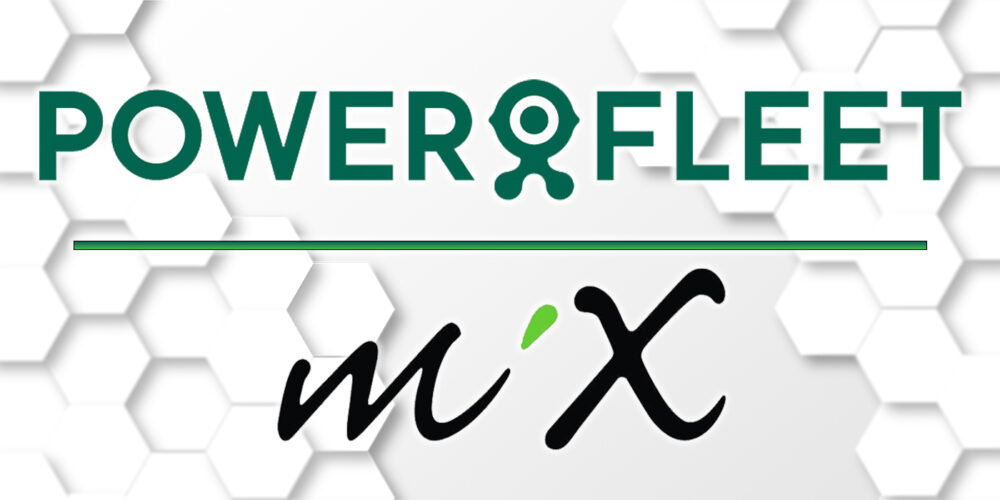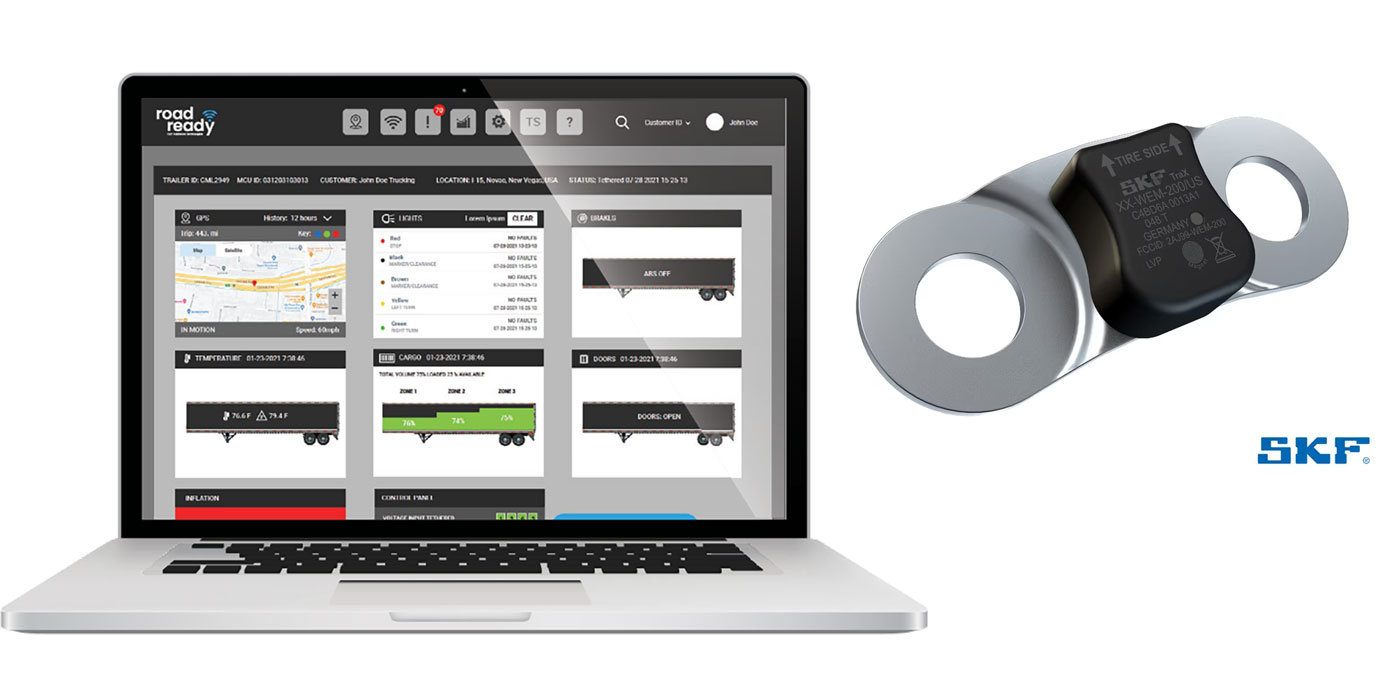It’s probably not a surprise to learn that labor costs account for a sizable portion of a fleet’s total cost of ownership (TCO). What you may not know is that you are not alone if you don’t believe you have a complete and comprehensive understanding of those costs.
That conclusion was made clear recently when Decisiv, a provider of service relationship management solutions for fleets and all types of commercial assets, held a webinar on TCO analysis. “Only about one quarter of the webinar attendees indicated they were extremely or very confident that they were effectively managing their maintenance costs,” says Michael Riemer, vice president of products and channel marketing at Decisiv. “That means 75% aren’t sure they have a handle on what maintenance is actually costing them.
“You know your technicians work hard to keep your trucks in good working order,” Riemer continues, “but could you be doing more to help improve technician efficiency? Could your estimates on cost and repair time be more accurate and reliable, thereby making work allocation more efficient and increasing trust that trucks will be ready for service at the time promised?”
For Riemer, the answers to those questions are as simple as using Vehicle Maintenance Reporting Standards (VMRS) codes to identify not only the cause of a problem but also the variability in actual versus estimated time to repair by a technician. VMRS—the Technology & Maintenance Council (TMC) of American Trucking Associations’ Vehicle Maintenance Reporting Standards—is the universal language used industry wide to capture data about service and repair events. VMRS, Riemer adds, can help very effectively pinpoint how long it is taking for a repair to be completed, and which technicians are most reliable in performing a specific service operation.
Better understanding
In an earlier Decisiv webinar, Steven Saltzgiver, vice president of fleet management for Republic Services, said he uses VMRS to get a better understanding of direct versus indirect labor time in an attempt to maximize wrench time. Using VMRS reports, Saltzgiver gets a list of the top 10 repairs, plus data about breakdown event frequency. He uses this information, among other ways, to target technician training and ensure they understand the latest repair procedures for the types of failures they’re most likely to see.
Well-trained technicians complete repairs more efficiently, Michael Riemer also notes. “Another major benefit is that it allows you to better manage shop loading,” he says. “It gives your shop foreman visibility into not only what’s already in the bays, but also pending and scheduled repairs. With this information, he knows what’s wrong with trucks awaiting repair and can match technician skill sets to the types of repairs.”
A study conducted by Decisiv showed that wrench time in truck service (13% on average) was well below comparable industries, including power generation and construction equipment businesses. Dr. David Tobey of Vivoworks, who conducted the wrench time study for Decisiv, reports on a follow-up study aimed at discovering the causes of service inefficiency.
“Inefficiency is a direct result of generally unknown variability in technician skills and ineffective, instinct-based resource allocation,” Tobey says. “Most shop foremen today will tell you that technician assignment is an art, not a science. However, our study results suggest that by applying analytics to VRMS-coded operations, we can rank available technicians by skill level, enabling foremen to reduce inefficiency by over 30%. This alone could enable truck repair operations to equal or exceed the productivity of construction equipment repair.”
Maintenance software integration
Labor estimating software from a number of suppliers, and fully integrated maintenance management systems, can help fleets manage and control labor costs.
Mitchell 1 recently announced TruckLabor, its comprehensive labor time estimating product for medium- and heavy-duty trucks that provides operations with web-based access to mechanical labor times. Key features of TruckLabor include Standard Repair Times that can be used to generate consistent and accurate estimates covering all makes and models of Class 4 to 8 trucks. Also incorporated in the program is an estimator tool that allows customization of shop labor rates for different customer types or service operations.
MOTOR Information Systems provides a wide variety of repair and collision shop products that includes mechanical repair estimating solutions. The information supplied by the producer of repair manuals includes multi-year coverage of repair information for medium- and heavy-duty trucks as well as wide range of heavy truck components.
TMT Fleet Maintenance from TMW Systems helps fleets focus on more efficiently planning mechanic hours and running shops more efficiently with the ability to capture and retrieve information on mechanic productivity through job codes. Shop labor analysis capabilities in TMT can help improve mechanic utilization.
Dossier fleet maintenance management software from Arsenault Associates helps fleets address labor time issues by identifying rework by mechanics. The solution also improves labor productivity by tracking actual hours worked versus total hours paid and percentage of productivity by each mechanic, and by providing measurements of each mechanic by comparison to shop averages.














